Bancroft to Traeger : proposed new electorates honour significant contributions to Queensland
By Simon Miller, Library Technician, State Library of Queensland | 2 March 2017
The Queensland Redistribution Commission has released its latest proposal for redrawing the state's electoral boundaries. Electoral boundaries have to be changed periodically to reflect changes in population distribution in the state. This time around four extra seats have been added and others renamed. Some of the new electorates are named after prominent geographical features and some are named after significant individuals. Here we introduce the people to be honoured in the the new electorate names.
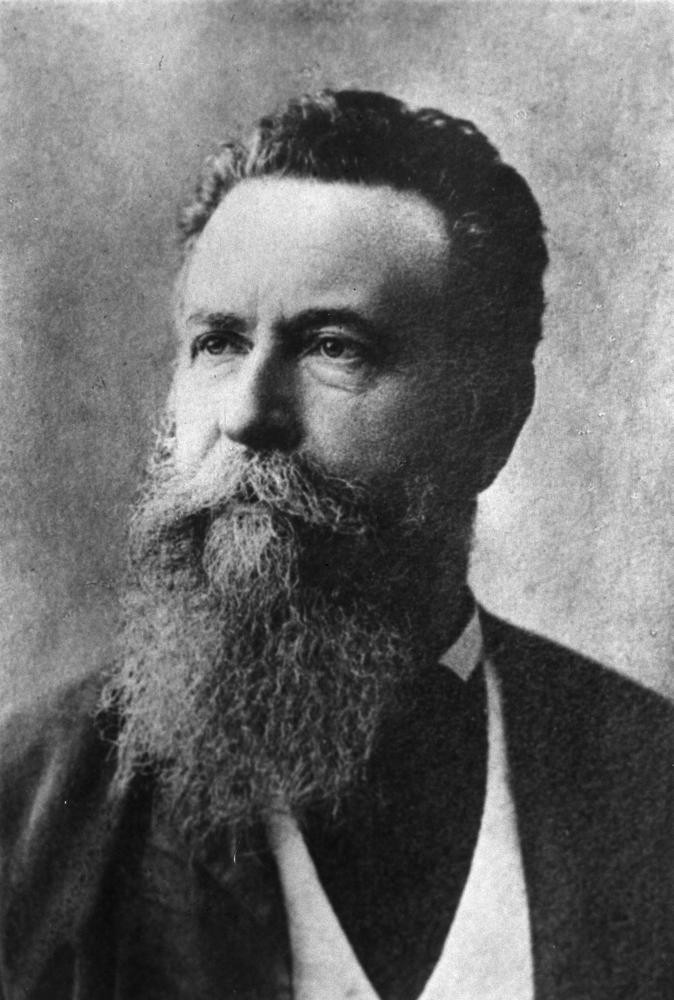
Dr. Joseph Bancroft, John Oxley Library, State Library of Queensland Neg: 57297
BANCROFT
Dr Joseph Bancroft (1836-1894) was a physician and keen researcher in medicine and biology. He was one of the first surgeons appointed to the new Brisbane Hospital in 1867 and was a popular and effective doctor practicing in a house he built at the corner of Ann and Wharf streets. His investigation into cases of lymphatic abscess led to the discovery of the worm that causes filariasis which was named Filaria bancrofti in his honour. Bancroft built a house which he called Kelvin Grove, after a Scottish botanical garden, which later gave its name to the suburb. He carried out experiments in the control of agricultural diseases at Kelvin Grove and at other property at Deception Bay. Joseph Bancroft's son Thomas Lane Bancroft was also a doctor and research scientist and Thomas' daughter Mabel Josephine Mackerras continued the family tradition as a renowned parasitologist. The electorate of Bancroft includes the Deception Bay area where Joseph and Thomas Bancroft both carried out important scientific investigations.
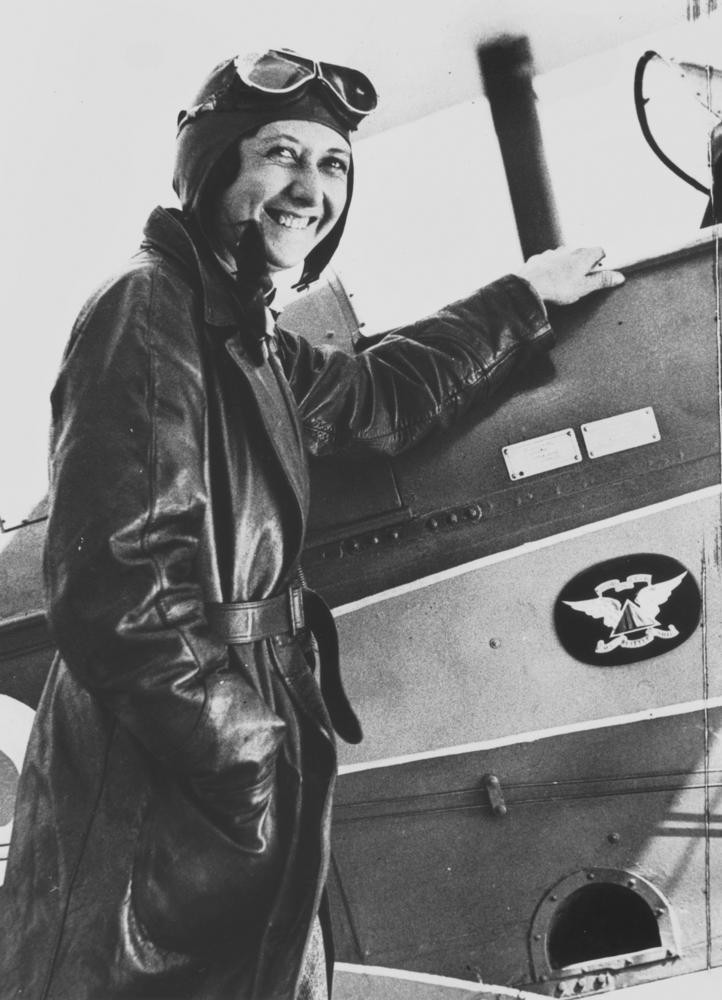
Aviatrix Lores Bonney boarding her Gypsy Moth at Charleville ca. 1933, John Oxley Library, State Library of Queensland Neg: 49962
BONNEY
Maude Rose ‘Lores’ Bonney (1897-1994) was a pioneering aviator who established several firsts, being the first woman to fly around Australia, the first to fly from Australia to England and the first to fly from Australia to South Africa. Her husband Harry Bonney was a cousin of Bert Hinkler and it was after a flight with Hinkler in 1928 that she developed a passion for aviation. She learned to fly and on Boxing Day 1932 she set a new Australian distance record for a woman by flying from Brisbane to her family's home in Wangaratta, Victoria. In 1932 she gained her commercial pilot's licence and in the same year completed her circumnavigation of Australia. She was also first in this list of Ten 'firsts' for Queensland Women on our blog last year. The new electorate of Bonney is on the Gold Coast.
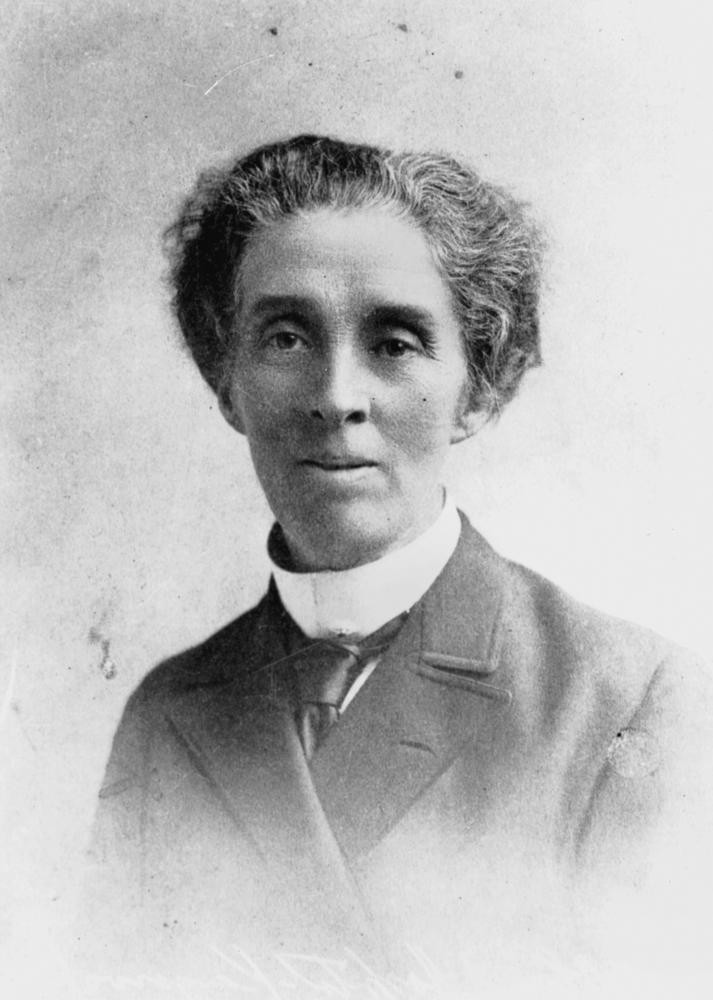
Doctor Lilian Violet Cooper, John Oxley Library, State Library of Queensland Neg: 144022
COOPER
Dr Lilian Violet Cooper (1861-1947) was the first woman to practice medicine in Queensland. She came to brisbane in 1891 with her lifelong companion Josephine Bedford. She joined the Medical Society of Queensland in 1893 and in 1905 began an association with the Mater Misericordiae Hospital. During WW1 Dr Cooper and Miss Bedford joined the Scottish Women's Hospitals and spent time in Macedonia were Lilian was awarded the Serbian Order of St Sava. On her return to Brisbane she established a successful medical practice and became a foundation fellow of the Royal Australasian College of Surgeons in 1928. Dr Cooper was one of Queensland's earliest motorists and a founder member of the RACQ. Lilian Cooper has been mentioned in several earlier blog posts here and here. The Cooper division will cover what is now the Ashgrove electorate.
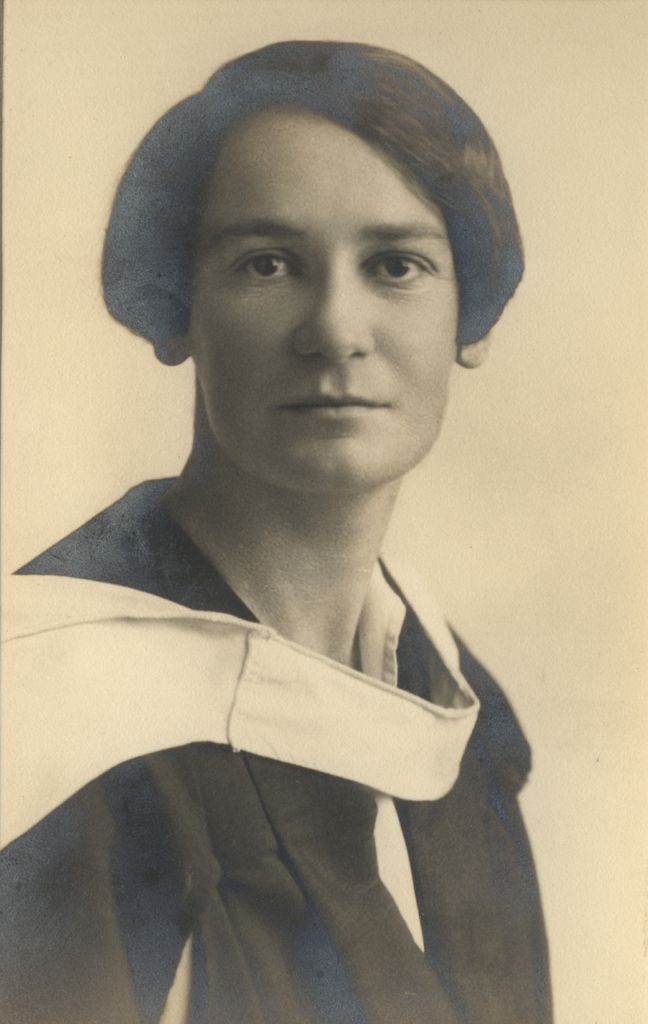
Portrait of Dorothy Hill in graduation robes. University of Queensland Library. UQ:196305
HILL
Dorothy Hill (1907-1997) was a Brisbane born geologist and paleontologist. She was the first female professor at an Australian university, and the first female president of the Australian Academy of Science. She was the first woman elected a Fellow of the Australian Academy of Science and published widely on palaeontology, stratigraphy and geology. From 1946 to 1955 she was secretary of the Great Barrier Reef Committee and was involved with the establishment of the Herron Island Research Station. She is commemorated by the Dorothy Hill Engineering and Sciences Library at the University of Queensland. A blog story in 2015 looked at one of her geological maps. Hill will be a new electorate south of Cairns, taking in Innisfail and Tully.
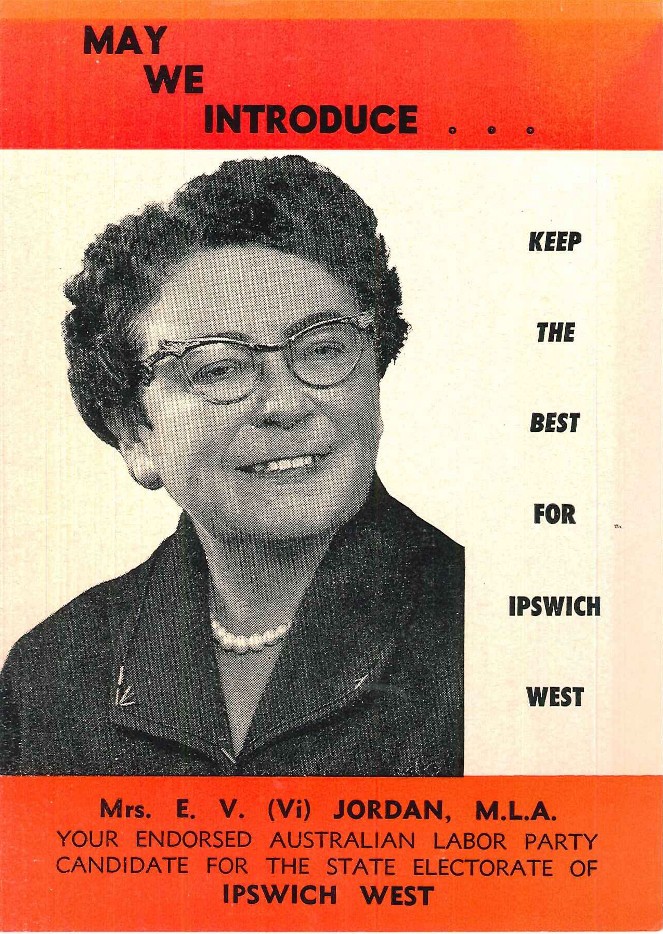
1969 electoral pamphlet for E.V. (Vi) Jordan
JORDAN
Ellen Violet ‘Vi’ Jordan (1913-1982) was a Labor Party politician. She was also an accomplished musician, qualifying as associate of the London College of Music and of the Trinity College of Music, London. In 1961 she became the first woman elected to the Ipswich City Council. In 1966 Vi was elected as the member for Ipswich West in the Queensland Parliament. She was the second woman elected to the Queensland Parliament and the first from the ALP. She was re-elected in 1969 and 1972, spending the her whole parliamentary career in opposition. She spent her parliamentary career fighting for the rights of the working class and for political, economic and social equality for women. She was appointed Member of the Order of Australia in 1976 for services to local government and the following year was awarded the Queen's jubilee medal. Jordan is a new seat lying between Logan and Ipswich including areas of Springfield, Bundamba, Inala, Lockyer and Logan.
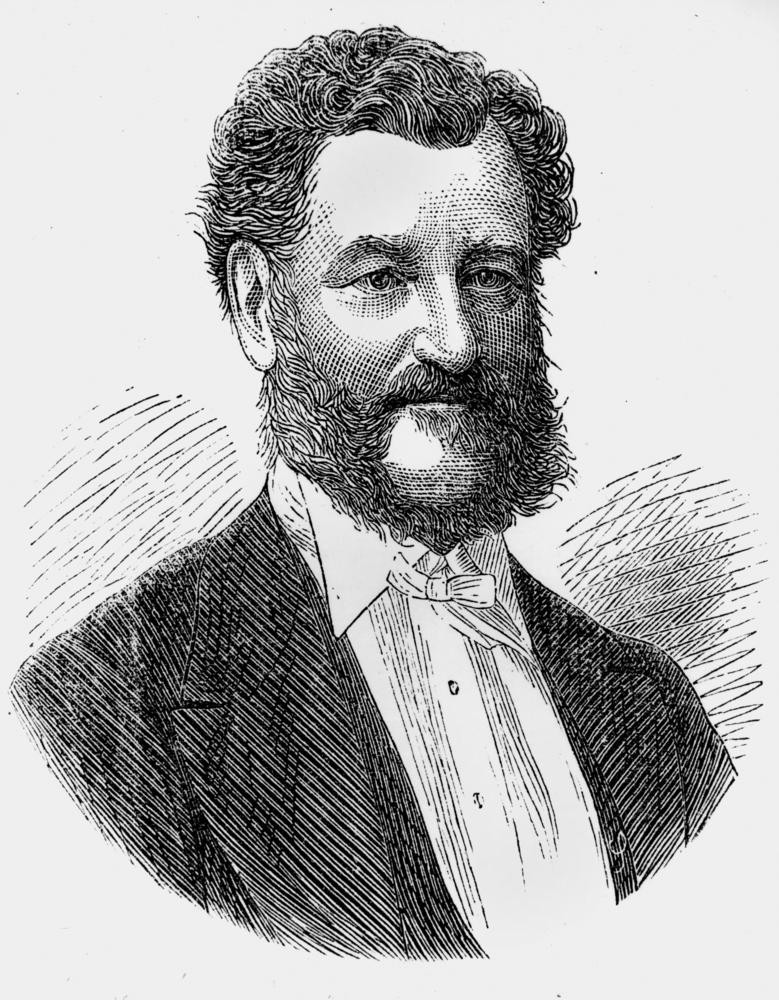
Arthur Macalister, John Oxley Library, State Library of Queensland Neg: 21379
MACALISTER
Authur Macalister (1818-1883) was a solicitor and politician. Born in Scotland, he came to Australia in 1839 and after qualifying as a solicitor in 1850, set up practice in Ipswich. After two failed attempts, Macalister was elected to the NSW Parliament in the seat of Ipswich in June 1859, but in December the seat disappeared when Ipswich became part of the new colony of Queensland. He then won one of three Ipswich seats in the new Queensland Legislative Assembly. He resigned in June 1861 in protest at the policies of the Herbert government but changed his mind and was re-elected at the subsequent by-election. In the somewhat fluid politics of early Queensland, Macalister served as Premier three times. February to July 1866, August 1866 to August 1867, and January 1874 to June 1876. Macalister retired from the parliament in 1881 due to ill health. Although given the nickname 'Slippery Mac' because of his frequent changes of allegiance, he was an able administrator and one of the main architects of Queensland's railway system. Macalister is a new electorate based around Beenleigh.
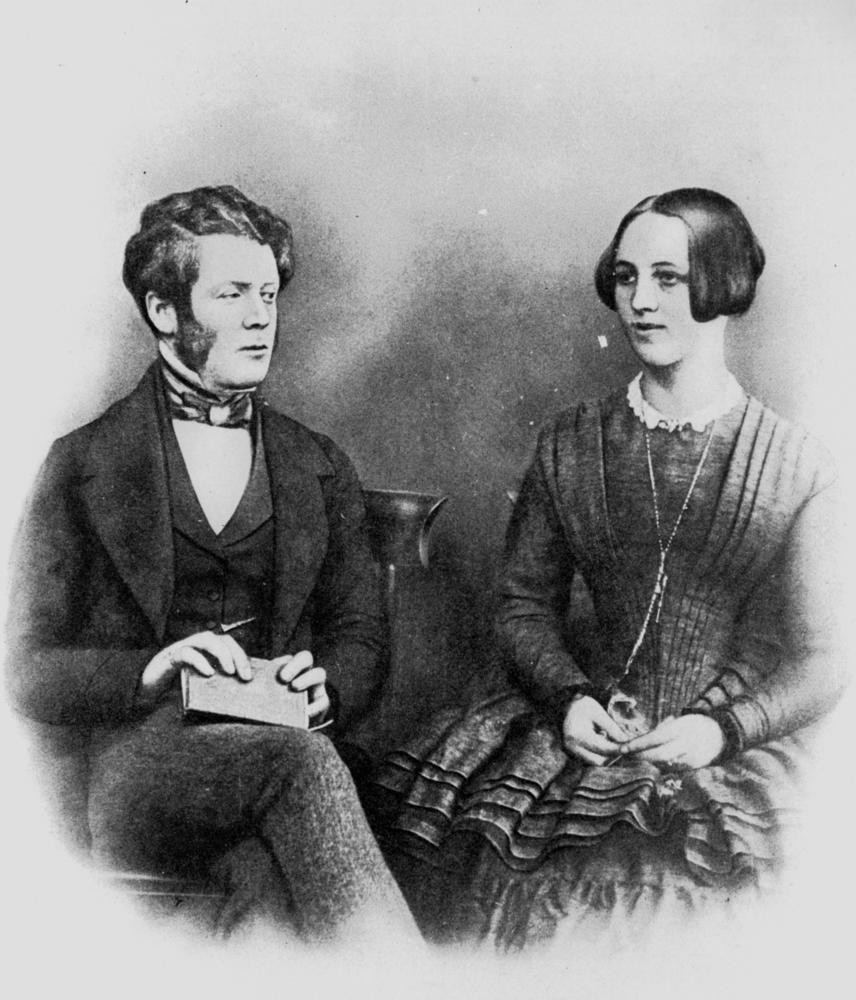
David and Mary McConnel, John Oxley Library, State Library of Queensland Neg: 65979
MCCONNEL
Mary McConnel (1824-1910) was the driving force behind the establishment of a children's hospital in Brisbane. Her husband, David McConnel, had come to Australia in 1840 and established a property on the upper Brisbane River which he called Cressbrook, after a family property in England. He originally stocked the property with sheep, but finding the area unsuitable, established a very successful shorthorn cattle stud. Cressbrook is still owned and operated by the McConnel family. David returned to England in 1847, leaving his brother John in charge at Cressbrook. He married Mary Macleod in Edinburgh in 1848, intending to stay in England, but was recalled to Cressbrook to deal with financial difficulties. Cressbrook did not suit Mary's health so David took up land at Bulimba and had a large stone house built. Bulimba House is the oldest stone house in Queensland. They went back to England in 1854 due to Mary's illness and returned and settled at Cressbrook in 1862. A small township developed at Cressbrook and Mary established a school for the children, which was Queensland's first public school. The deaths of two of their infant sons impelled Mary to campaign for the establishment of a children's hospital and she eventually oversaw the establishment of a hospital at a modified house in Spring Hill in 1878. This hospital was later transferred to Herston and became the Royal Children's Hospital. Mary published Memories of days long gone by in 1905. More information on the history of Cressbrook Station and the McConnel family can be found on their website. McConnel is the proposed new name of the seat of Brisbane Central, taking in New Farm, Spring Hill, Herston and Bowen Hills.
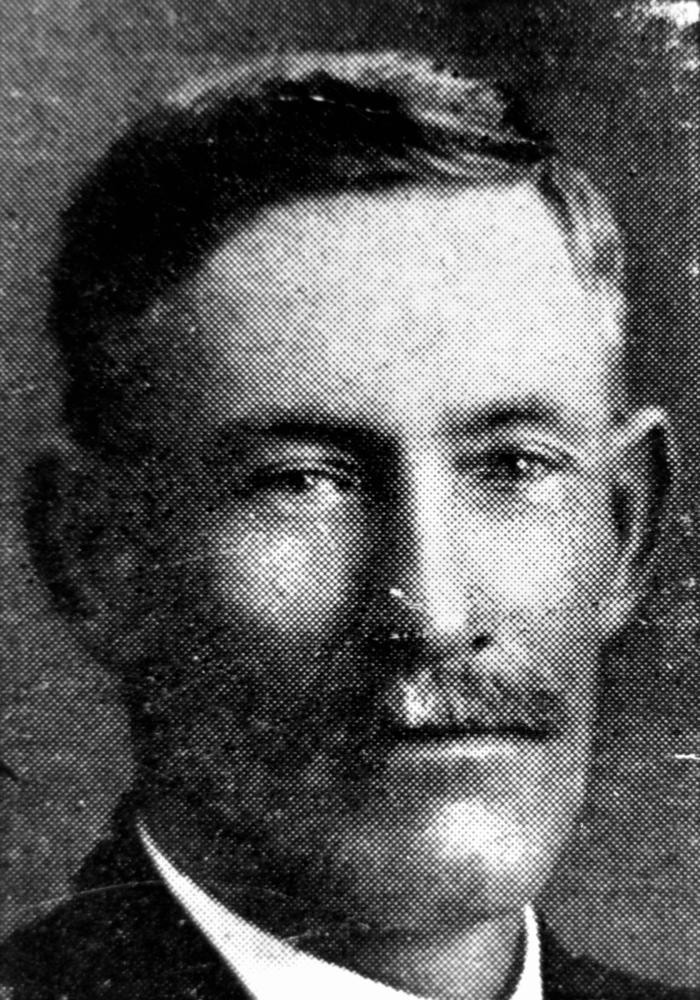
Fergus McMaster, John Oxley Library, State Library of Queensland Neg: 162491
MCMASTER
Sir Fergus McMaster (1879-1950) was a grazier and businessman and one of the founders of QANTAS. He was born at Morinish near Rockhampton, sixth and youngest son of Scottish parents. His father, a mining manager, was killed in a mine accident in 1885. In 1891 the McMaster brothers took up a grazing lease near Longreach and when Fergus was twelve he helped his brothers drove 4000 sheep from Logan Downs to their lease Kelso. The brothers acquired other grazing leases and Fergus went on to manage several of them. He enlisted in the AIF in 1917 and served as a gunner and dispatch rider in France in 1918. A chance meeting with pilot P. J. McGinness led to McMaster assisting McGinness and fellow pilot Hudson Fysh to obtain aircraft for operation in the Queensland outback. They formed the Queensland and Northern Territory Aerial Services Ltd (QANTAS) in 1920 with McMaster as chairman of directors. In 1922 they were awarded a federal government contract for the service between Charleville and Cloncurry, the first regular airmail service in Queensland, and the second in Australia. Qantas Empire Airways was registered in 1934 to provide an airmail service from Australia to Singapore. Fergus McMaster remained chairman of the airline until it was acquired by the Commonwealth government in 1947. He was a foundation member of the Queensland Country Party in 1936 and president of the Country-National Party from 1941 to 1943. He was knighted in 1941. McMaster will be the new name of the electorate of Burdekin.
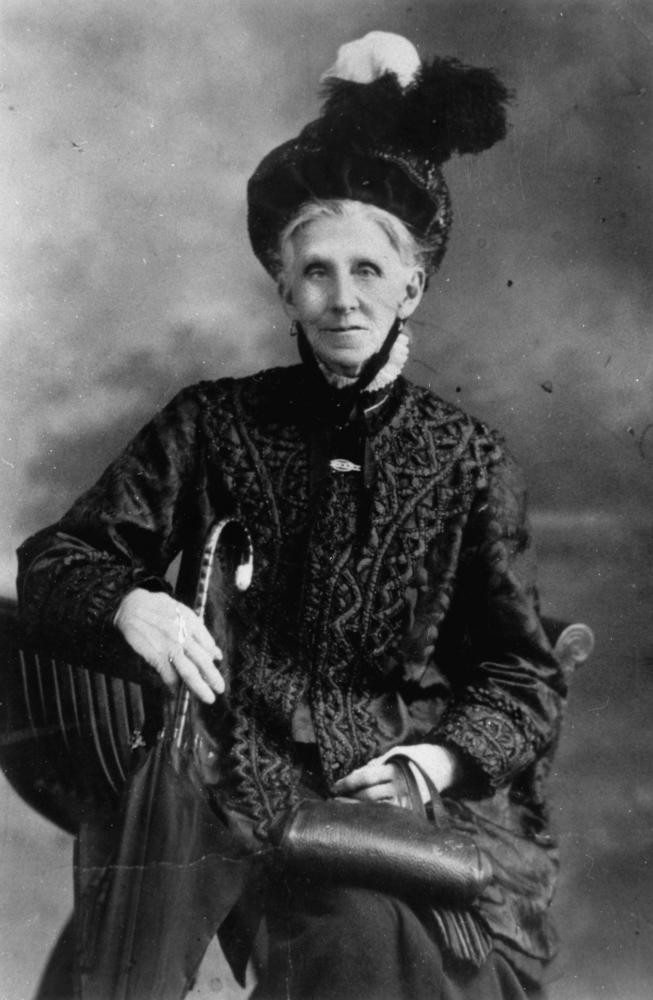
Portrait of Mrs. Emma Miller suffragette movement in Queensland, John Oxley Library, State Library of Queensland Neg: 86511
MILLER
Emma Miller (1839-1917) was a leading figure in the trade union movement and founding president of the Woman's Equal Franchise Association in the fight to allow women to vote. Married and widowed three times, Emma Miller sometimes had to work 12 hours a day, six days a week, sewing shirts to support her four children. She helped to form a female workers' union, mainly of tailoresses, and in 1891 she gave evidence to the royal commission into shops, factories and workshops. She led a large group of women to Parliament House during the general strike of 1912 at the age of 73 and reputedly caused the police commissioner to fall from his horse by sticking it with a hat pin. Her tireless efforts in support of the labor movement earned her the nicknames of 'Mother Miller' and 'the grand old labor woman of Queensland'. Emma Miller is the subject of an earlier blog story. The electorate of Miller will take in much of the former seat of Yeerongpilly but without Moorooka and Salsbury and with the addition of the Sherwood and Graceville area.
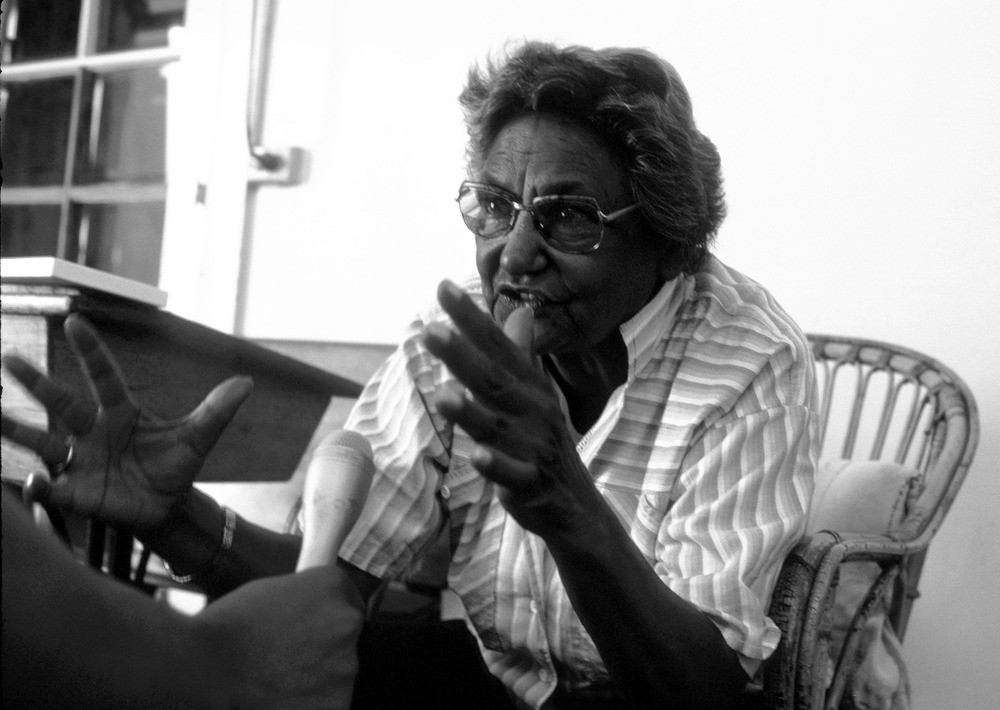
Oodgeroo Noonuccal being interviewed at an exhibition in Sydney N.S.W. ca. 1982, John Oxley Library, State Library of Queensland Image number: 30298-0001-0041
OODGEROO
Oodgeroo Noonuccal (1920-1993) was an acclaimed Australian poet, political activist, artist, educator and a campaigner for Aboriginal rights. Born Kathleen Ruska, she grew up on Minjerribah (North Stradbroke Island), the traditional home of the Noonuccal people. She attended Dunwich State School until, at the age of thirteen, she left to work in domestic service in Brisbane. In 1941 she enlisted in the Australian Women’s Army Service and in 1942 married Bruce Walker. In the 1950s she took up writing poetry and in 1966 a collection of her poems was published by Jacaranda as We are going. This volume was a commercial success, selling more than 10,000 copies. At the same time Oodgeroo became more involved in political activism and was a founder of the Federal Council for the Advancement of Aboriginal and Torres Strait Islanders, where she was state secretary for ten years and in this capacity she was a leader in the campaign to grant Aboriginal people full citizenship rights in the 1967 referendum. In the 1970s she left the Council and returned to North Stradbroke Island where she established the Noonuccal-Nughie Education and Cultural Centre at Moongalba, near Amity Point. She also traveled widely on lecture tours in Australia and overseas. In 1988 she adopted her language name as a protest against the bicentennial celebrations and also returned the MBE she had been awarded. Oodgeroo will be the new name of the Cleveland electorate, taking in North Stradbroke Island. Her family and the Quandamooka Yoolooburrabee Aboriginal Corporation are said to be delighted with the decision to rename Cleveland in her honour.
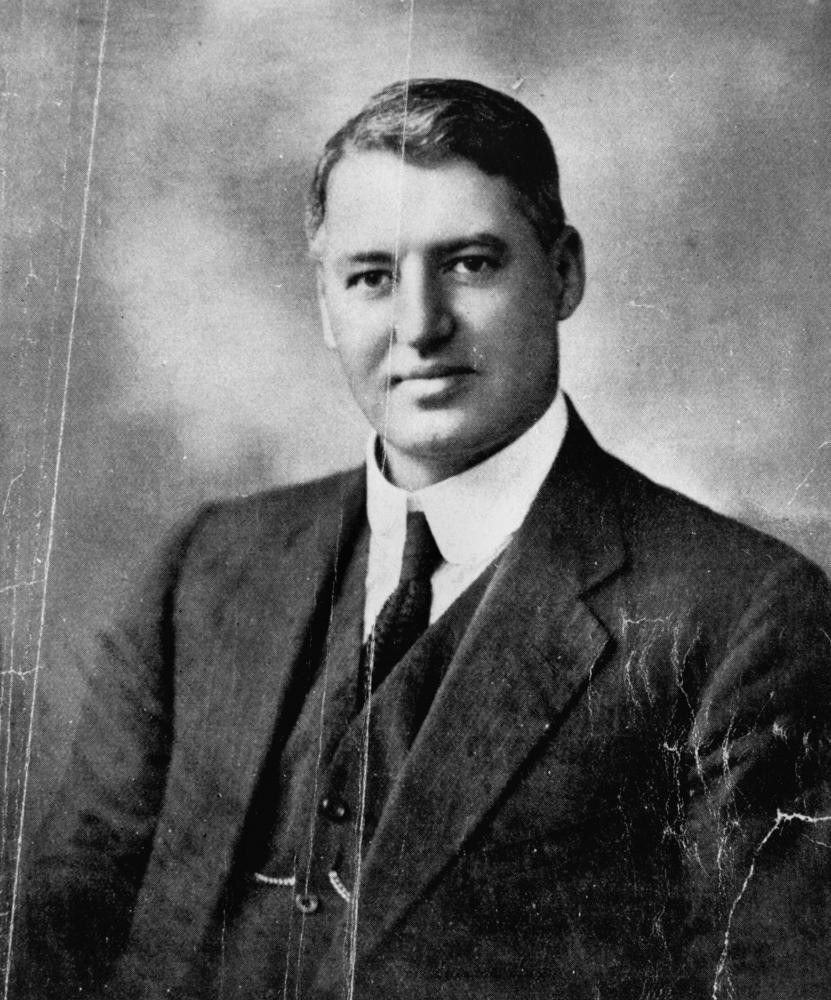
Edward Granville Theodore, John Oxley Library, State Library of Queensland Neg: 33803
THEODORE
Edward Granville ‘Red Ted’ Theodore (1884-1950) was the son of poor immigrants who went on to become Premier of Queensland and then Federal Treasurer and Deputy Prime Minister. His father Basil Teodorescu, was Romanian and his mother was from Liverpool. They met on board ship heading to South Australia where Basil found work at the port. Edward left school at twelve to find work and went mining at the West Australian goldfields and at Broken Hill before trying his luck in North Queensland where he mixed mine labouring with tin prospecting. In 1907 he was involved in forming the Amalgamated Workers Association of North Queensland, becoming its first secretary. The union grew, taking in sugar workers, and amalgamating with the Australian Workers Union in 1913, with Theodore as state president. In 1909 he won the seat of Woothakata for the Labor Party and in 1915 became Deputy Premier, Treasurer and Secretary for Public Works. When Premier Tom Ryan resigned in 1919 to enter Federal politics, Theodore became Premier. After becoming frustrated with the Legislative Council blocking his legislation, Theodore was able to increase Labor representation in the Council and then pass legislation to abolish the Legislative Council altogether in 1922. Theodore resigned as premier in 1925 to contest the Federal seat of Herbert, but after losing the election battle he moved his base to New South Wales where he was elected to the seat of Dalley in 1927. When Labor won government in 1929 Theodore became Treasurer and Deputy Prime Minister. Theodore will be the new name for the electorate of Albert on the Gold Coast hinterland.
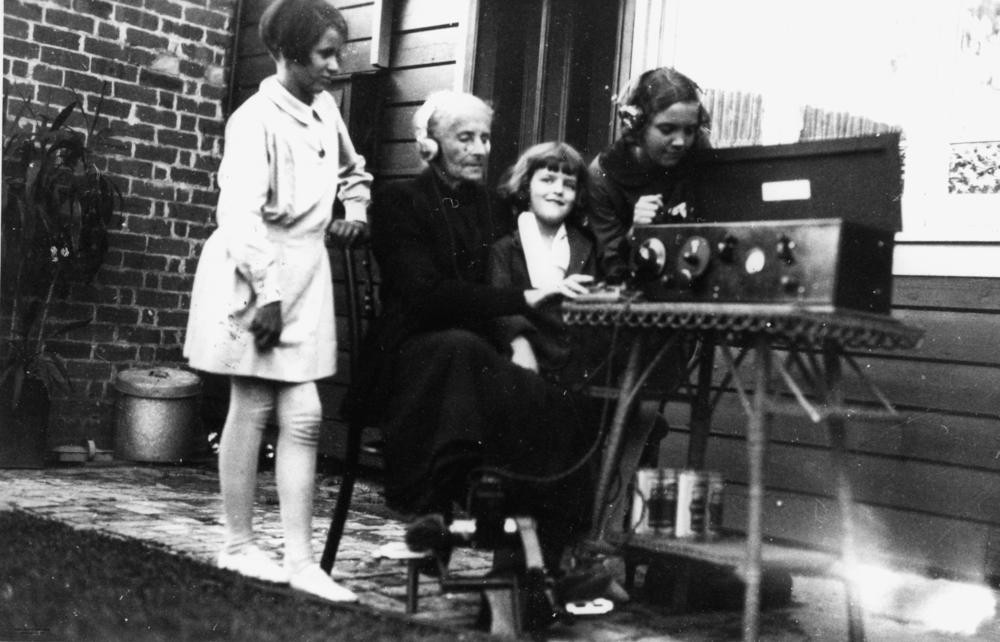
Traeger Pedal Wireless 1929, John Oxley Library, State Library of Queensland Neg: 168079
TRAEGER
Alfred Hermann Traeger (1895-1980) a South Australian electrical engineer has been honoured for his invention of the Traeger pedal wireless which formed a vital link with the Royal Flying Doctor Service in outback Queensland. Working with John Flynn who was planning his Australian Inland Mission Aerial Medical Service from 1926, Traeger worked on a radio transceiver that had to be cheap, durable, small and easy to operate. The first pedal wireless sets were introduced in Queensland in 1929 and created a communications revolution, dramatically reducing the isolation of outback life. Alfred Traeger shunned publicity but was awarded an OBE in 1944. Appropriately, Traeger is the new name for the former electorate of Mount Isa, covering a large area in north-western Queensland.
Simon Miller - Library Technician, State Library of Queensland
Comments
Your email address will not be published.
We welcome relevant, respectful comments.